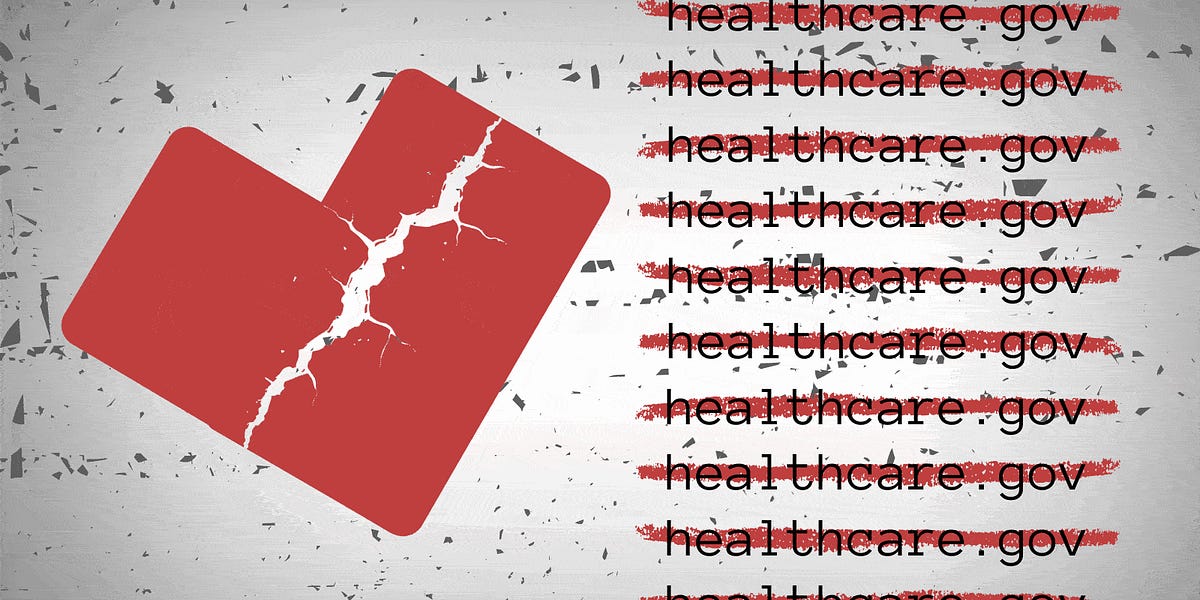CVS Plans To Exit Obamacare In 2026, Impacting 1 Million Aetna Members
CVS Health plans to exit the individual health insurance business also known as Obamacare next year, ... More leaving approximately 1 million Aetna members in 17 states looking for new coverage in 2026, the company disclosed May 1, 2025. In this Aug. 19, 2014, file photo, a pedestrian walks by a sign at Aetna headquarters in Hartford, Conn. (AP Photo/Jessica Hill, File)
Associated PressCVS Health plans to exit the individual health insurance business also known as Obamacare next year, leaving about 1 million Aetna members in 17 states looking for new coverage in 2026.
The decision, disclosed Thursday, a day when CVS reported nearly $1.8 billion in net income amid a financial turnaround, comes as a relatively new management team works to get rising healthcare costs in its Aetna brand health insurance plans under control.
“The company decided to exit the individual exchange business where Aetna independently operates ACA plans for 2026,” CVS said in a statement Thursday accompanying its first quarter earnings report regarding coverage that its Aetna health insurance unit sells under the Affordable Care Act known as Obamacare.
“This decision is consistent with others taken this year to focus the company’s portfolio,” CVS said. “The company is best able to serve members through its other health benefit solutions, which offer access to quality care, affordable health benefits and exceptional service. The company will continue delivering superior service and support to its individual exchange members through 2025 and residual activities in 2026.”
CVS’ move to exit the individual insurance market comes as the Donald Trump White House and Republicans in Congress ponder cuts to health insurance benefits to pay for tax cuts for wealthy Americans. Trump has never been a fan of Obamacare, which he tried and failed several times to repeal in his first term, and his administration has already made moves to cut spending on such health benefits, already slashing what the federal government spends on navigators that help people sign up for Obamacare coverage.
Meanwhile, it remains unclear whether subsidies Americans use to buy individual coverage will remain once Congress has passed its budget.
Enhanced tax credits to buy Obamacare that were signed into law by former President Joe Biden run out at the end of this year, and there are questions about whether a Congress led by Republicans will extend them. Such tax credits contributed to record Obamacare enrollment of 24 million for this year.
CVS has about 1 million people in its Aetna brand individual health insurance plans spread across 17 states. Those Aetna health plan members will have to purchase new coverage on the ACA’s exchanges this fall when insurers unveil their benefits for 2026.
CVS’ Aetna health insurance unit is not a big player in Obamacare like some of its rivals, and individual coverage is a fraction of the total medical membership of 27.1 million that CVS reported as of March 31, 2025, which the company said “remained relatively consistent compared with December 31, 2024, reflecting membership declines in the individual exchange and Medicare product lines.”
CVS and rival operators of health insurance plans, particularly Medicare Advantage benefits for seniors, have been hit hard in the last year with higher costs.
Medicare Advantage plans contract with the federal government to provide extra benefits and services to seniors, such as disease management and nurse help hotlines with some also offering vision, dental care and wellness programs.
But CVS said it is getting a better handle on cost trends. In the first quarter, the company’s medical benefit ratio, which is the percentage of premium revenue that goes toward medical costs, decreased in the first quarter to 87.3% from 90.4% in the prior year. The company attributed the better performance in part due to “improved underlying performance in Medicare, including the impact of improved Medicare Advantage star ratings for the 2025 payment year.”
CVS, which also operates the nation’s largest retail drugstore chain and one of the nation’s largest pharmacy benefit management companies, known as Caremark, said total revenues rose 7% to $94.6 billion in the first quarter compared to $88.4 billion in the year-ago period. First quarter net income was up to $1.77 billion, or $1.41 per share, compared to $1.11 billion, or 88 cents in the year-ago quarter.
“As we aim to be the most trusted health care company in America, we are driving greater care, value, and service from our integrated, industry-leading businesses,” said CVS President and Chief Executive Officer David Joyner, who was promoted to the CEO job last fall. “Thanks to a resolute focus on customers, our colleagues across CVS Health delivered positive results across our health care benefits, health services and pharmacy and consumer wellness segments, as we continue to build a world of better health around the 185 million consumers we are privileged to serve.”
CVS lowered its full-year 2025 diluted earnings per share guidance to a range of “$4.23 to $4.43 from $4.58 to $4.83 and raised its 2025 adjusted EPS guidance range to $6.00 to $6.20 from $5.75 to $6.00,” the company said. “The company also raised its full-year 2025 cash flow from operations guidance to approximately $7.0 billion from approximately $6.5 billion.”
The adjustments include “amortization of intangible assets, net realized capital losses, acquisition-related integration costs, the loss on the wind down and sale of accountable care assets, the Omnicare litigation charge, office real estate optimization charges and the corresponding income tax benefit or expense related to the items excluded from adjusted income attributable to CVS Health.”







:max_bytes(150000):strip_icc()/GettyImages-487701773-ee5f951be8de4e7194519aec6fe957da.jpg)

